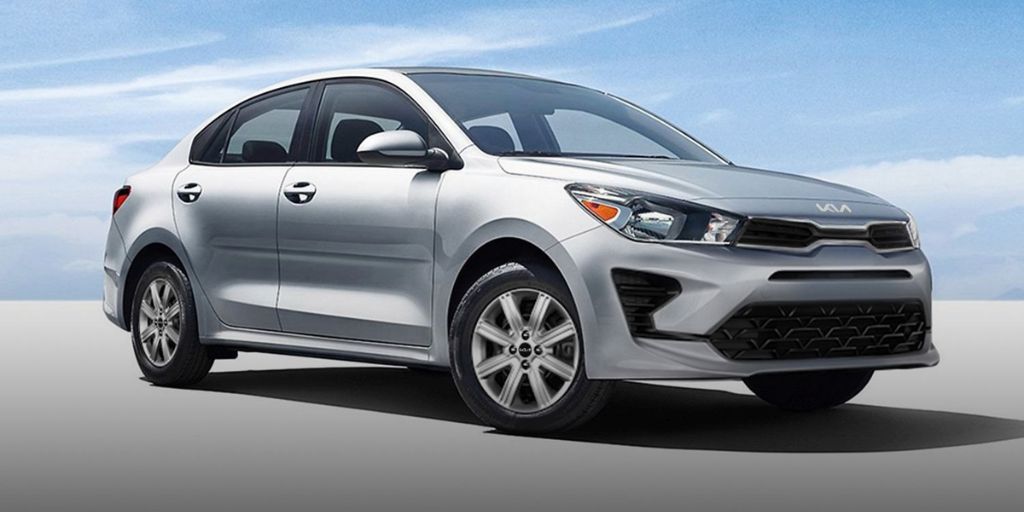When choosing a vehicle, safety should always be a top priority, and crash ratings are one of the most critical factors in determining a car’s ability to protect its occupants during a collision.
In this article, we’ll take a closer look at two contrasting groups: cars with excellent crash ratings and those that have failed safety tests.
The first group highlights vehicles that consistently excel in crashworthiness, offering drivers and passengers peace of mind with top-tier safety features and solid test performance.
These vehicles have passed rigorous testing, demonstrating superior protection in a variety of crash scenarios.
On the flip side, there are cars that have failed critical safety tests or earned subpar ratings, revealing significant concerns about their crashworthiness.
These vehicles may still perform well in other areas, but their lack of adequate safety protection raises serious concerns for potential buyers.
Understanding these contrasts helps consumers make informed decisions about vehicle safety, balancing other factors like style, performance, and price with the imperative of crash protection.
Let’s delve into the details of five cars with solid crash ratings and five that have failed crucial safety tests.
Also Read: 5 Cars With Ergonomic Designs and 5 With Awkward Layouts
5 Cars With Solid Crash Ratings
When it comes to vehicle safety, a solid crash rating is a key indicator of a car’s ability to protect its occupants during an accident.
Crash test results from organizations like the National Highway Traffic Safety Administration (NHTSA) and the Insurance Institute for Highway Safety (IIHS) are vital in evaluating how well a vehicle performs in frontal, side, and rollover crash tests.
Cars that earn high ratings in these tests provide reassurance to drivers and passengers alike, as they are engineered with advanced safety technologies, reinforced structures, and a focus on minimizing injury risk.
Vehicles that excel in crash tests often incorporate a combination of active and passive safety features.
These may include advanced airbags, electronic stability control, crumple zones that absorb impact energy, and reinforced safety cages that help protect occupants during a collision.
These features not only improve the likelihood of survival but also reduce the severity of injuries in the event of an accident.
The following five vehicles have consistently achieved top crash ratings, making them some of the safest options on the market today. From sedans to SUVs, these cars offer robust protection thanks to their thoughtful engineering and commitment to safety.
Whether you’re a family looking for a safe ride or an individual prioritizing security, these models are among the best when it comes to crashworthiness.
Now, let’s dive into the details of the five cars that have earned solid crash ratings, starting with the first vehicle on the list.
1. Volvo XC90
The Volvo XC90 is a standout in the SUV category when it comes to safety, having consistently earned top crash ratings from both the NHTSA and IIHS.
Volvo has long been synonymous with safety, and the XC90 is a prime example of the brand’s dedication to protecting its passengers. This large SUV excels in all crash tests, including frontal, side, and rollover protection.
The XC90 is equipped with a strong safety cage made from high-strength steel, designed to absorb and redirect crash forces away from the cabin.
Additionally, Volvo’s proprietary “City Safety” system, which includes automatic emergency braking and pedestrian detection, further elevates the vehicle’s crashworthiness by preventing or mitigating collisions in low-speed scenarios.
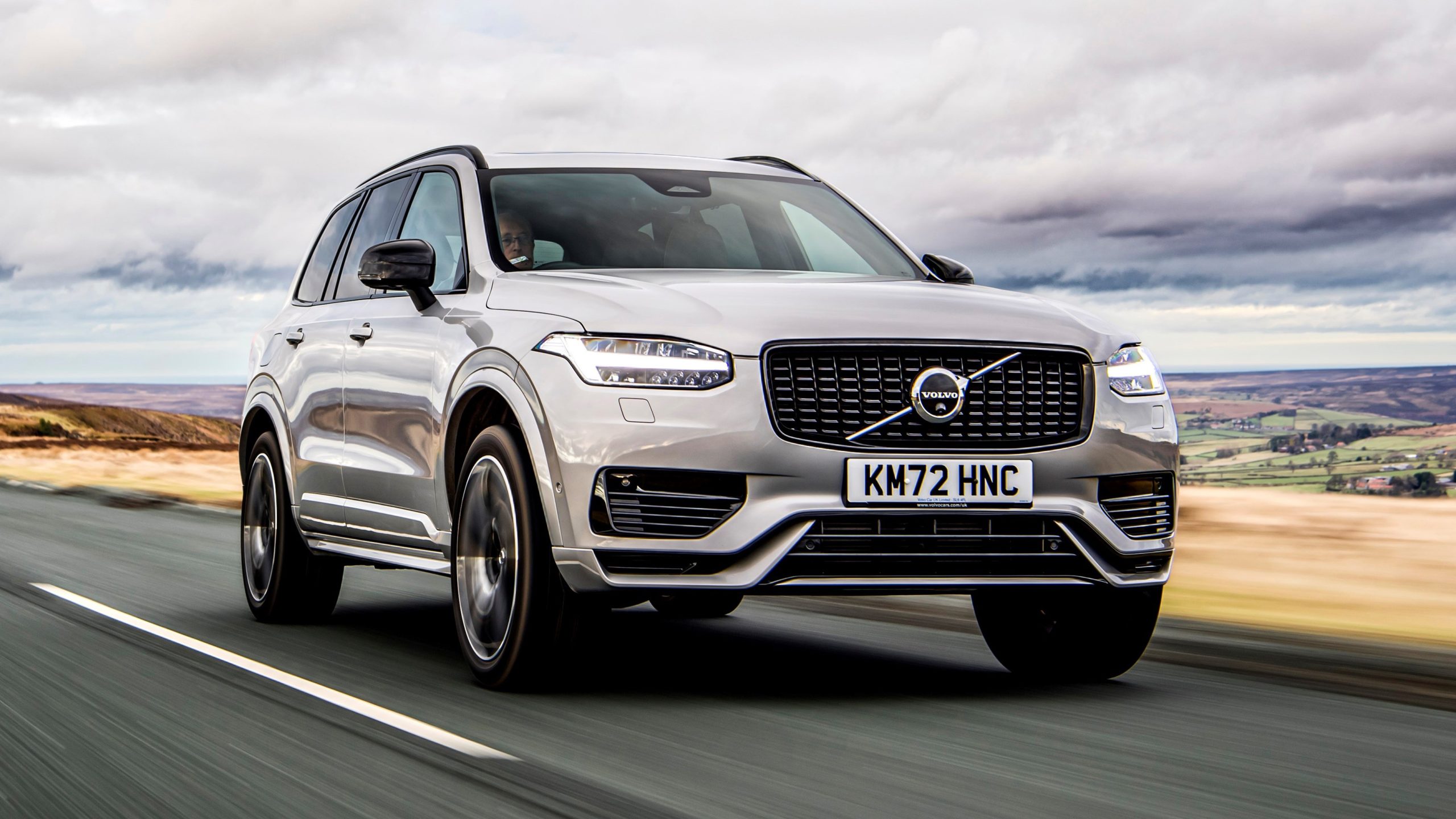
Inside, the XC90’s advanced airbag system includes multiple airbags for both front and rear passengers, ensuring that all occupants are adequately protected during a crash.
It also features a robust suite of driver assistance technologies such as lane-keeping assist, adaptive cruise control, and blind-spot monitoring, which work together to prevent accidents in the first place, further contributing to its solid safety reputation.
The XC90 has earned high praise for its stability and resilience in a crash, and its solid performance in safety tests makes it an ideal choice for families prioritizing peace of mind.
When looking for an SUV that balances luxury with top-tier protection, the Volvo XC90 remains one of the safest vehicles on the market today.
2. Subaru Outback
The Subaru Outback is another vehicle that has consistently earned top crash ratings, making it one of the safest choices in the midsize wagon and SUV segment.
Known for its rugged versatility and family-friendly features, the Outback excels in safety, scoring highly in both NHTSA and IIHS crash tests, particularly in terms of frontal and side-impact protection.
One of the reasons the Outback stands out in crash testing is its balanced combination of strong structural integrity and advanced safety technology.
The vehicle features a reinforced steel frame designed to protect occupants in the event of a collision, while crumple zones absorb impact forces and redirect them away from the cabin.
Subaru’s signature EyeSight Driver Assist Technology, which includes adaptive cruise control, pre-collision braking, and lane departure warning, provides an extra layer of safety by preventing accidents before they happen.
Inside the cabin, the Outback offers excellent protection for both front and rear passengers, with an advanced airbag system that provides multiple layers of cushioning in the event of a crash.
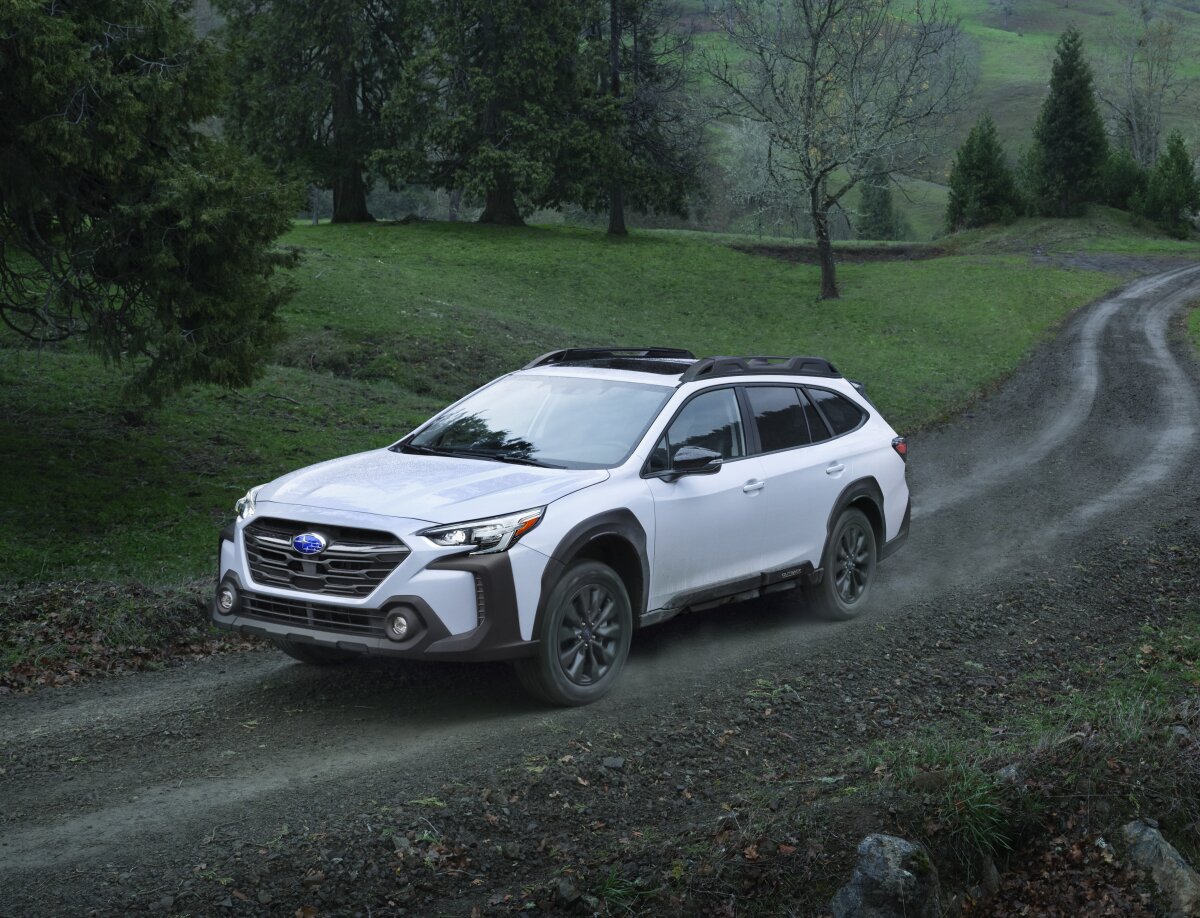
Additionally, its symmetrical all-wheel-drive system ensures that the vehicle maintains better traction and stability, which is particularly helpful in avoiding rollovers, a common concern in some SUVs and crossovers.
The Subaru Outback’s solid crash ratings and standard suite of safety features make it an excellent choice for anyone looking for a vehicle that combines safety, reliability, and rugged capability. It’s a top contender for families and adventure seekers alike.
3. Audi A6
The Audi A6 is a luxury sedan that combines performance, comfort, and, most importantly, outstanding safety.
It has earned excellent crash ratings from both the NHTSA and IIHS, solidifying its reputation as a top-tier choice for those who prioritize safety without sacrificing luxury or performance.
The A6 performs exceptionally well in all major crash tests, with particular praise for its structural integrity in frontal and side-impact collisions.
Audi’s innovative use of high-strength steel and aluminum in the construction of the A6’s body ensures maximum protection during a crash, while the vehicle’s design prioritizes crumple zones that absorb and dissipate energy away from the cabin.
This design helps to minimize the forces experienced by passengers in the event of a collision.
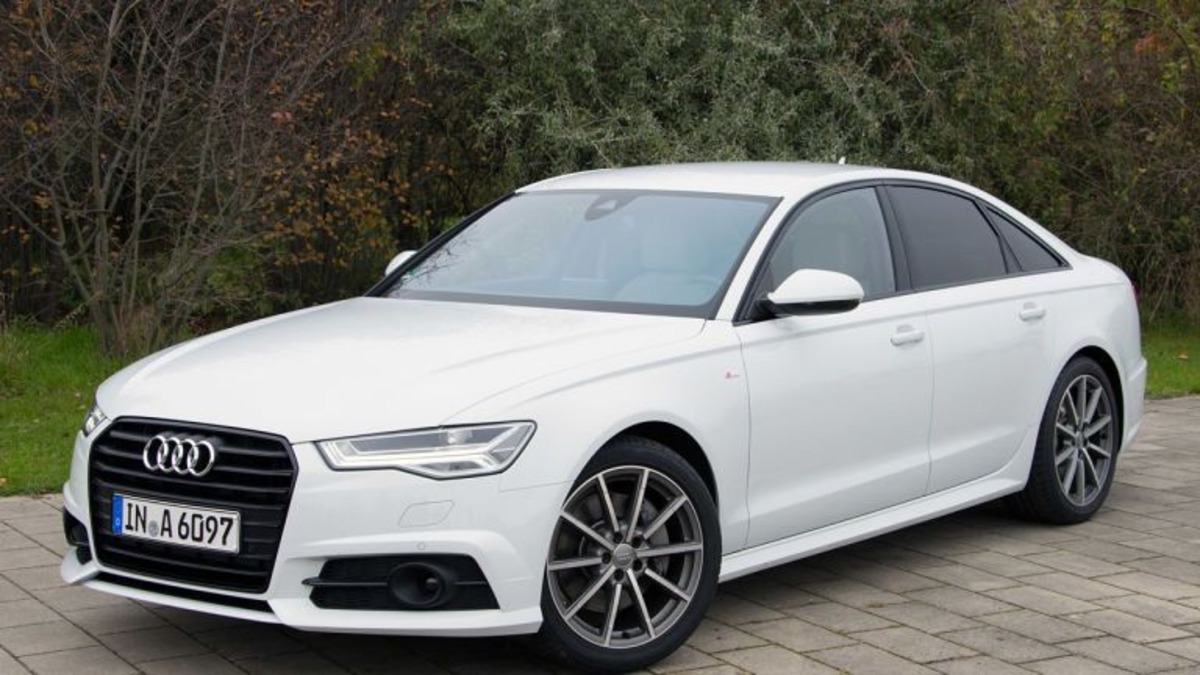
Inside, the Audi A6 features a comprehensive suite of safety technologies, including adaptive cruise control, lane-keeping assist, and automatic emergency braking.
The vehicle also includes a multi-stage airbag system that provides excellent protection for both the driver and passengers in all seating positions.
Furthermore, the A6 comes equipped with side-impact airbags, rear-side airbags, and knee airbags, all contributing to its high crash test scores.
With its advanced safety features, luxurious interior, and stellar crash ratings, the Audi A6 is an excellent choice for anyone who seeks both performance and peace of mind on the road. It’s a top pick for drivers who want a sophisticated, safe, and reliable sedan.
4. Tesla Model 3
The Tesla Model 3 is not only a leader in electric vehicles but also a standout in terms of safety, with top crash ratings from both the NHTSA and IIHS.
Tesla’s commitment to safety is evident in the Model 3’s strong performance in crash tests, with the vehicle earning five-star ratings in nearly all categories of the NHTSA testing, as well as the IIHS’ coveted Top Safety Pick+ designation.
One of the Model 3’s most notable safety features is its rigid structure, which is reinforced with a high-strength steel and aluminum alloy frame that provides excellent protection in the event of a collision.
The battery placement, which is low to the ground in the floor of the vehicle, also lowers the center of gravity, significantly reducing the risk of rollovers during an accident.
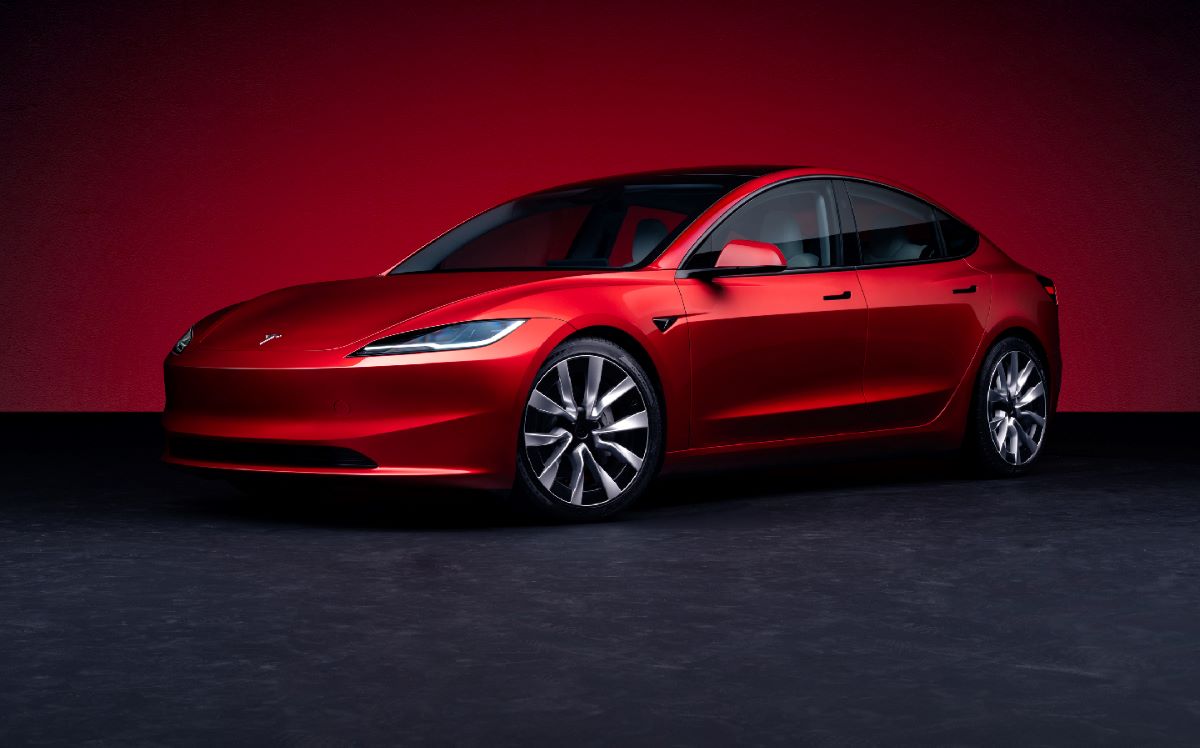
Additionally, the Model 3 is equipped with an advanced suite of active safety technologies, including Tesla’s Autopilot system, which includes automatic emergency braking, lane-keeping assist, and adaptive cruise control.
These features work in tandem to prevent accidents before they happen, further contributing to the Model 3’s impressive crashworthiness.
The vehicle’s interior features multiple airbags, including side-curtain and knee airbags, offering comprehensive protection for all occupants.
Its large crumple zones and the absence of an internal combustion engine also contribute to the safety, allowing for more space to absorb impact during a crash.
With its top-notch crash ratings and advanced safety technology, the Tesla Model 3 sets a high bar for electric vehicles in terms of safety.
5. Honda CR-V
The Honda CR-V is a compact SUV that has long been recognized for its reliability, practicality, and safety.
Earning top marks in crash tests from both the NHTSA and IIHS, the CR-V is a solid choice for families seeking a vehicle that prioritizes occupant protection without compromising on comfort or functionality.
The CR-V’s excellent crash ratings can be attributed to its robust safety design. Its high-strength steel body structure is designed to absorb and redirect impact forces away from the passenger cabin in the event of a collision.
The vehicle also features front and side crumple zones that help mitigate the severity of a crash by dispersing impact energy.
Its performance in both frontal and side-impact crash tests consistently earns high scores, which are crucial for keeping all passengers safe in various collision scenarios.
Honda’s suite of active safety features, including the Honda Sensing package, also contributes to the CR-V’s impressive crash ratings.
The system includes collision mitigation braking, lane-keeping assist, adaptive cruise control, and road departure mitigation, all of which help prevent accidents before they happen.
The CR-V also features a comprehensive airbag system, with front, side, and curtain airbags protecting all passengers.
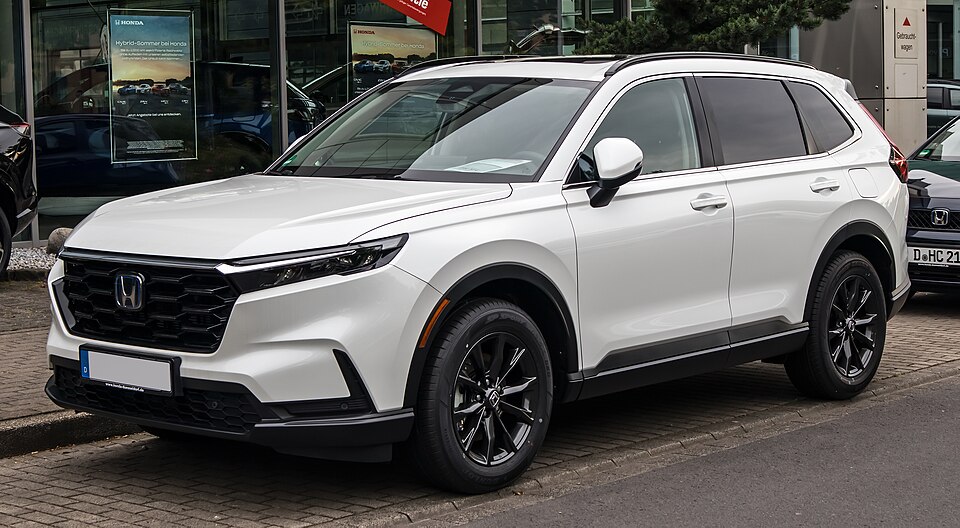
With its solid crash ratings, spacious interior, and reliable safety features, the Honda CR-V is a top contender for families looking for a compact SUV that provides peace of mind on the road. It’s a vehicle that performs well in crashworthiness and offers added safety technologies to avoid accidents.
5 That Failed Tests
While many cars excel in crash testing and come equipped with advanced safety features, not all vehicles meet the same high standards.
Some cars, despite offering attractive designs or budget-friendly pricing, have failed crucial crash tests or earned subpar ratings, raising concerns about their ability to protect passengers during a collision.
A vehicle that fails key safety tests or earns low crash ratings may not provide the level of protection necessary for drivers and passengers, making it an important consideration when selecting a new car.
Failing crash tests, such as those conducted by the NHTSA and IIHS, can result from various issues, including structural weaknesses, poor airbag deployment, or a lack of safety technology.
In some cases, vehicles may pass some tests but fail others, revealing potential vulnerabilities in specific crash scenarios, such as side impacts or rollovers.
Though some of these cars may offer appealing features, such as affordability or attractive styling, they may come with significant trade-offs when it comes to safety.
Consumers must weigh these factors carefully, especially when considering how crucial crash protection is in the event of an accident.
While some vehicles may perform adequately in certain safety areas, their inability to meet all the safety requirements should not be overlooked.
In this section, we will explore five vehicles that have failed critical crash tests or earned low ratings in safety evaluations.
By understanding these failures, consumers can make more informed decisions about their vehicle purchases and prioritize models that offer better protection in the event of an accident.
1. Fiat 500L
The Fiat 500L, despite its quirky style and compact size, has received poor crash ratings that raise significant concerns about its safety.
The vehicle earned disappointing scores in key crash tests from both the NHTSA and IIHS, making it one of the lower-performing models in terms of crashworthiness in its class.
In the frontal crash test, the 500L struggled with structural integrity, particularly in the driver’s side, which led to a lower score in occupant protection. The lack of adequate protection in these critical areas can result in serious injury in the event of a collision.
In the side-impact test, the 500L fared better but still failed to meet the safety standards that many other competitors easily surpass.
Additionally, the Fiat 500L’s small size and high center of gravity made it more susceptible to rollover risks, further diminishing its safety credentials.
While the 500L does come with basic safety features such as airbags and stability control, it lacks the advanced safety technologies found in many of its competitors, such as automatic emergency braking or lane-keeping assist, which could help prevent accidents in the first place.
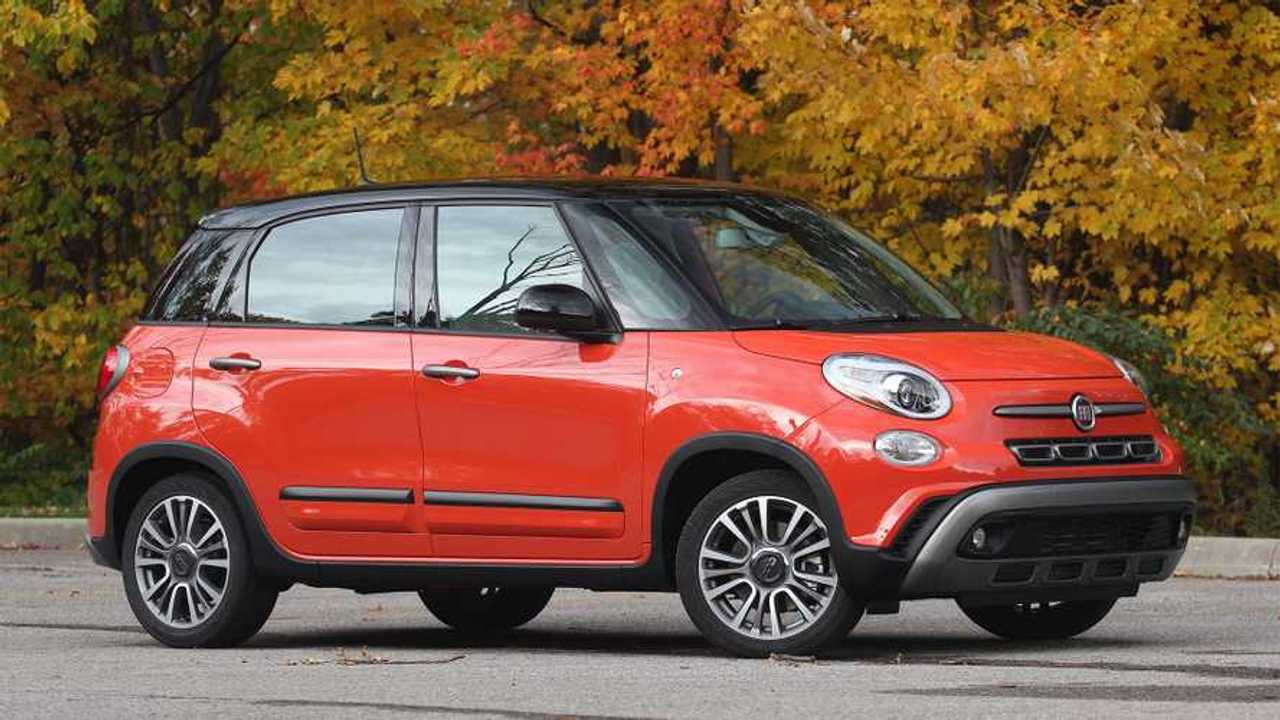
Overall, while the Fiat 500L offers affordability and a unique design, its subpar crash test performance makes it a less-than-ideal choice for those prioritizing safety.
Consumers looking for a compact car should consider alternatives that provide better protection in a crash scenario.
2. Mitsubishi Mirage
The Mitsubishi Mirage, a budget-friendly subcompact car, has earned a reputation for being an affordable option, but unfortunately, it also carries significant safety concerns.
Despite its low price tag, the Mirage has failed to meet the safety standards expected from modern vehicles, earning poor ratings in both NHTSA and IIHS crash tests.
In particular, the Mirage’s performance in frontal crash tests was lackluster, with the vehicle’s structure failing to provide adequate protection in the event of a collision. The cabin integrity was compromised in the crash test, which could lead to severe injury in real-world scenarios.
Side-impact crash tests also revealed vulnerabilities, with the Mirage earning a marginal rating for side protection. This means that occupants may be at a greater risk in side-impact collisions compared to vehicles with higher safety scores.
Additionally, the Mirage lacks some of the crucial safety technologies found in more well-equipped competitors.
While it includes standard airbags and stability control, it doesn’t come with advanced driver assistance systems such as automatic emergency braking, lane departure warning, or blind-spot monitoring—features that have become increasingly common in even entry-level vehicles.
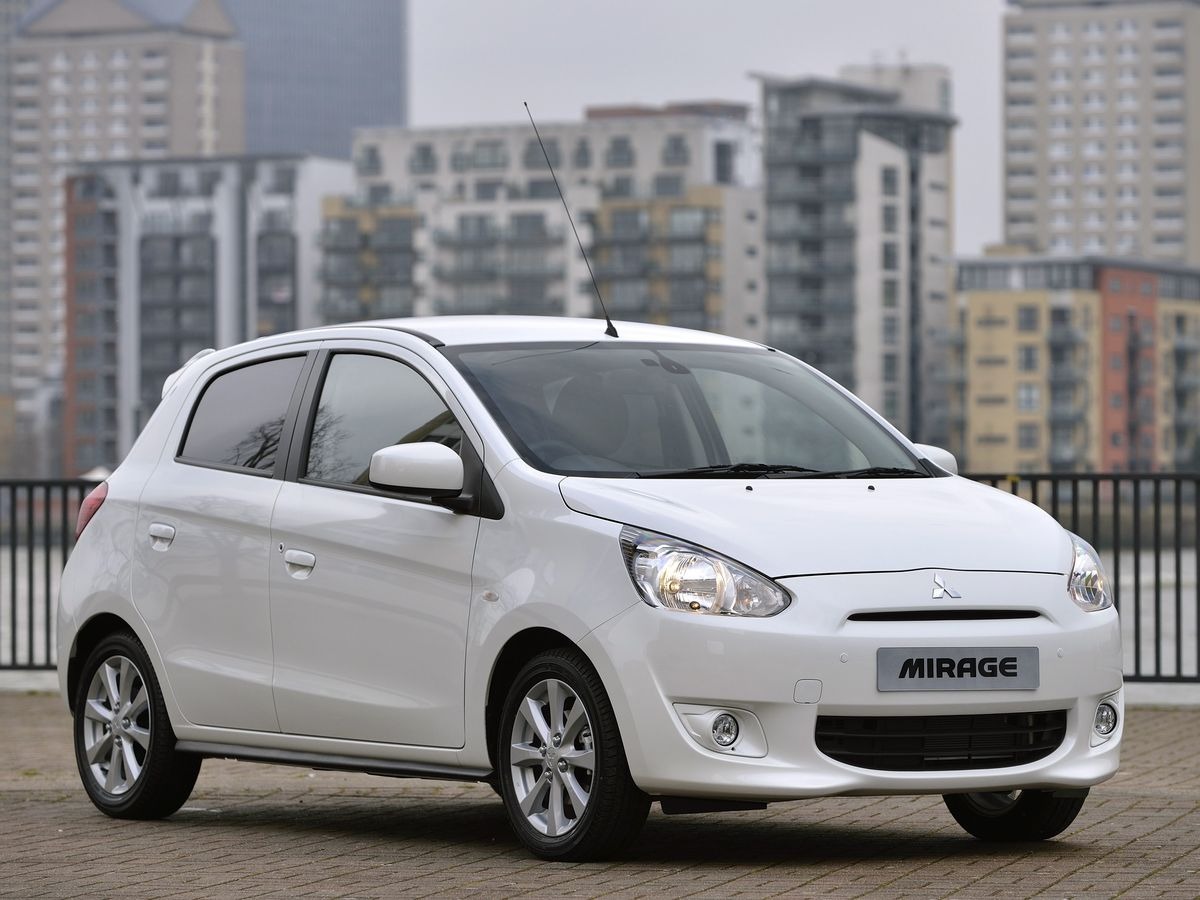
The lack of structural integrity in crash tests and the absence of advanced safety features make the Mitsubishi Mirage a less-than-ideal option for those who prioritize safety in their vehicle choices.
While it may be affordable, potential buyers should carefully consider the risks involved, especially when it comes to crash protection.
3. Nissan Rogue (2015-2016)
While the Nissan Rogue has improved in recent years, certain models, particularly the 2015 and 2016 versions, struggled to pass critical crash tests, particularly in side-impact and small overlap frontal crash tests.
These models received lower scores in both NHTSA and IIHS evaluations, reflecting serious concerns about the vehicle’s ability to protect its occupants in the event of a collision.
In the frontal crash test, the Rogue performed adequately, but its small overlap test results revealed weaknesses in the vehicle’s structure, especially in the driver-side crash scenario.
The intrusion into the cabin during this type of crash can lead to severe injury, especially to the lower extremities and chest, highlighting the need for improved reinforcement in this area.
Side-impact tests also exposed vulnerabilities, with the Rogue earning a lower rating due to insufficient protection for the rear-seat occupants.
Given that side-impact collisions account for a significant percentage of real-world accidents, this is a crucial area of concern for potential buyers.
Although the Rogue comes with standard airbags and safety features like stability control, it falls short in terms of advanced safety technologies.

In comparison to more recent models of the Rogue or competitors in the same class, it lacks modern driver-assist features like automatic emergency braking and lane-keeping assist, which are increasingly important in preventing accidents.
For those looking for an affordable SUV with solid crash ratings, the earlier Nissan Rogue models should be considered with caution, as their safety performance may not provide the level of protection expected from newer vehicles.
4. Chrysler 200 (2015-2017)
The Chrysler 200, despite being a popular midsize sedan with a stylish design and comfortable interior, has faced significant safety concerns, especially in its earlier years.
The 2015-2017 models, in particular, earned poor crash test ratings, failing to meet the expectations of modern safety standards.
The car’s performance in both the NHTSA and IIHS crash tests revealed multiple vulnerabilities, placing its safety credentials under scrutiny.
In the frontal crash test, the Chrysler 200 struggled to maintain cabin integrity, with the vehicle’s structure failing to sufficiently protect occupants.
The intrusion of the dashboard and steering column into the cabin area during a crash test raised concerns about injury risks to the driver. Similarly, side-impact tests were less than stellar, with the vehicle’s protection for rear-seat passengers rated as inadequate.
The 200’s weak performance in these critical areas, coupled with a lack of advanced safety features, made it a less safe option in its class.
While it did include standard airbags and stability control, it was lacking in newer safety technologies such as lane departure warning, blind-spot monitoring, and automatic emergency braking.
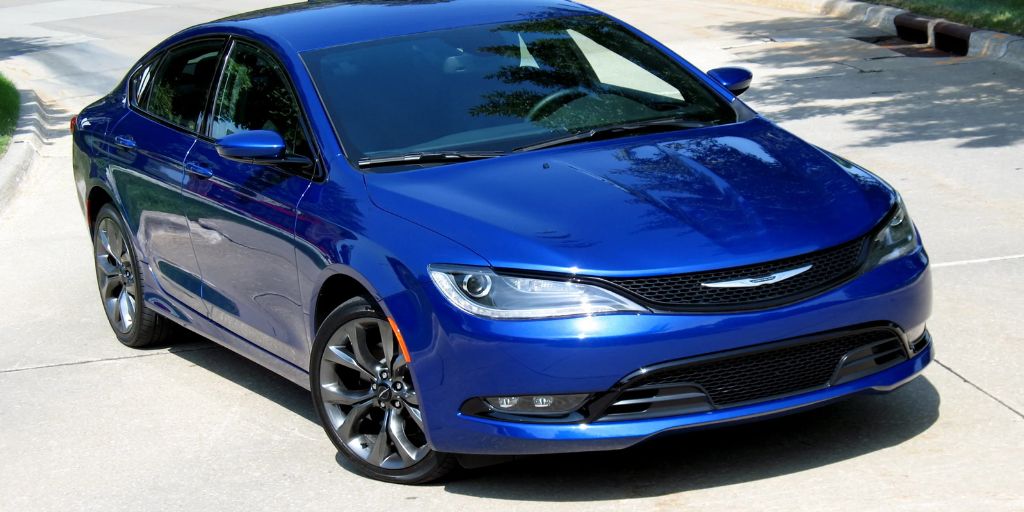
These features have become increasingly common in competitors and are critical in avoiding accidents and enhancing crash protection.
Despite its competitive pricing and attractive features, the Chrysler 200’s failure to meet higher safety standards makes it a less favorable choice for those prioritizing crashworthiness. Potential buyers should consider these safety risks when choosing a vehicle from this model year.
5. Kia Rio (2017-2019)
The Kia Rio, a subcompact car known for its affordability and efficient performance, has faced criticism for its safety performance in recent years.
The 2017-2019 models, despite offering an attractive price point and decent features, received disappointing crash test results, particularly in the NHTSA and IIHS assessments, earning lower ratings than many competitors in the same class.
In frontal crash testing, the Rio performed poorly, with significant concerns about its structural integrity. The vehicle’s cabin showed signs of intrusion during the test, compromising the safety of the driver and passengers.
This resulted in a lower rating for occupant protection, particularly for the front-seat passengers.
The small overlap frontal test, which simulates a collision where only a portion of the vehicle’s front end makes contact, highlighted even more significant weaknesses in the Rio’s ability to protect occupants in certain collision scenarios.
The Kia Rio also struggled in side-impact crash tests, particularly with the protection offered to rear-seat passengers.
While the front passengers were somewhat shielded by the vehicle’s airbag system, the rear-seat passengers had less protection, contributing to the vehicle’s poor side-impact ratings.
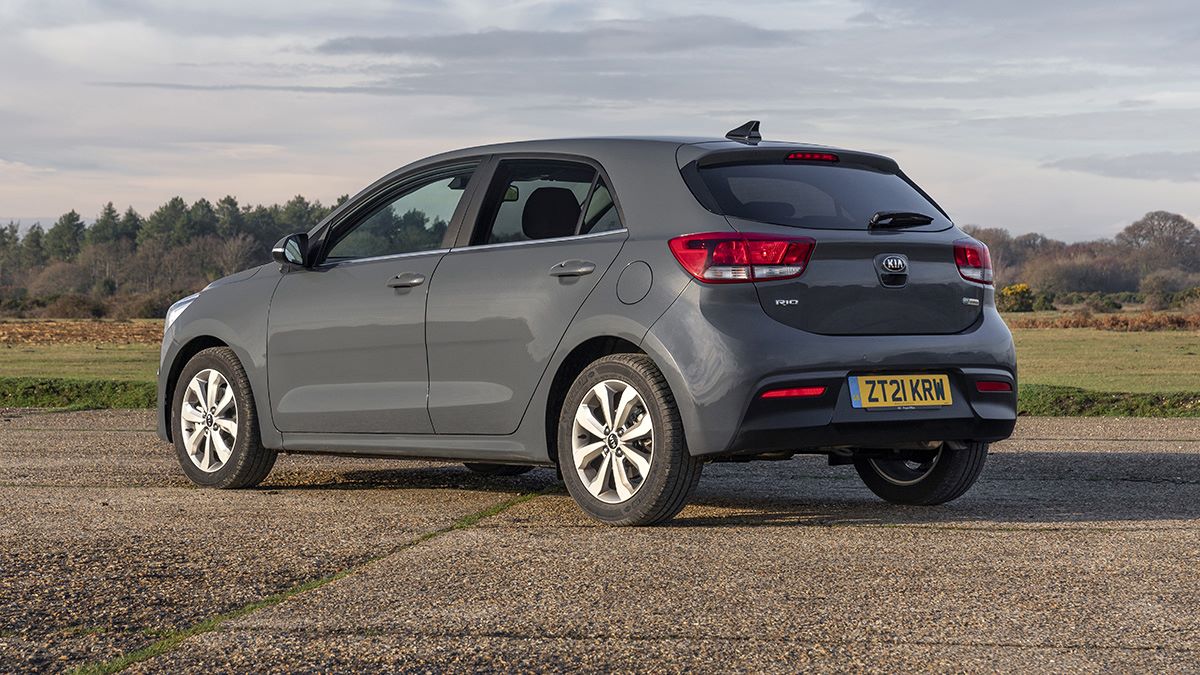
Additionally, the Kia Rio of these model years lacks many of the advanced driver assistance systems that have become standard in newer vehicles.
Features like automatic emergency braking, lane-keeping assist, and blind-spot monitoring, which are vital for accident prevention and crash mitigation, are not available in the Rio during these years.
Overall, while the Kia Rio is an affordable and practical car, its safety performance in crash tests falls behind its competitors, making it a less favorable choice for safety-conscious buyers.
When purchasing a vehicle, safety should always be a top priority. The importance of a car’s crash test performance cannot be overstated, as it directly impacts the protection of the driver and passengers in the event of an accident.
In this comparison, we’ve explored both cars that excel in crashworthiness and those that have failed critical safety tests, providing valuable insights into the wide spectrum of safety ratings in today’s automotive market.
The cars featured in the “5 Cars With Solid Crash Ratings” section, such as the Volvo XC90, Subaru Outback, and Tesla Model 3, all demonstrate that prioritizing safety doesn’t mean compromising on performance or style.
These vehicles have consistently earned top marks from reputable safety organizations like the NHTSA and IIHS, showcasing their strong structural integrity, advanced safety features, and superior occupant protection.
Whether it’s through reinforced body structures, cutting-edge safety technology, or innovative designs that reduce rollover risks, these vehicles set a high standard for safety and peace of mind on the road.
On the other hand, the vehicles highlighted in the “5 That Failed Tests” section, including the Fiat 500L, Mitsubishi Mirage, and Kia Rio, reveal the potential risks associated with vehicles that fall short in crash tests.
These cars have failed to meet the safety benchmarks expected from modern vehicles, often showing weaknesses in structural protection, airbag deployment, and side-impact safety.
Despite their affordability or appealing features, these vehicles demonstrate the dangers of sacrificing safety for cost savings.
Ultimately, while budget-conscious buyers may be drawn to lower-priced models, it’s important to carefully consider the long-term risks associated with poor crash performance.
By prioritizing vehicles with strong crash ratings and modern safety technologies, consumers can ensure they’re making a choice that truly protects their well-being on the road.
Also Read: 5 Cars That Are Safe to Modify and 5 That Fall Apart With Upgrades

